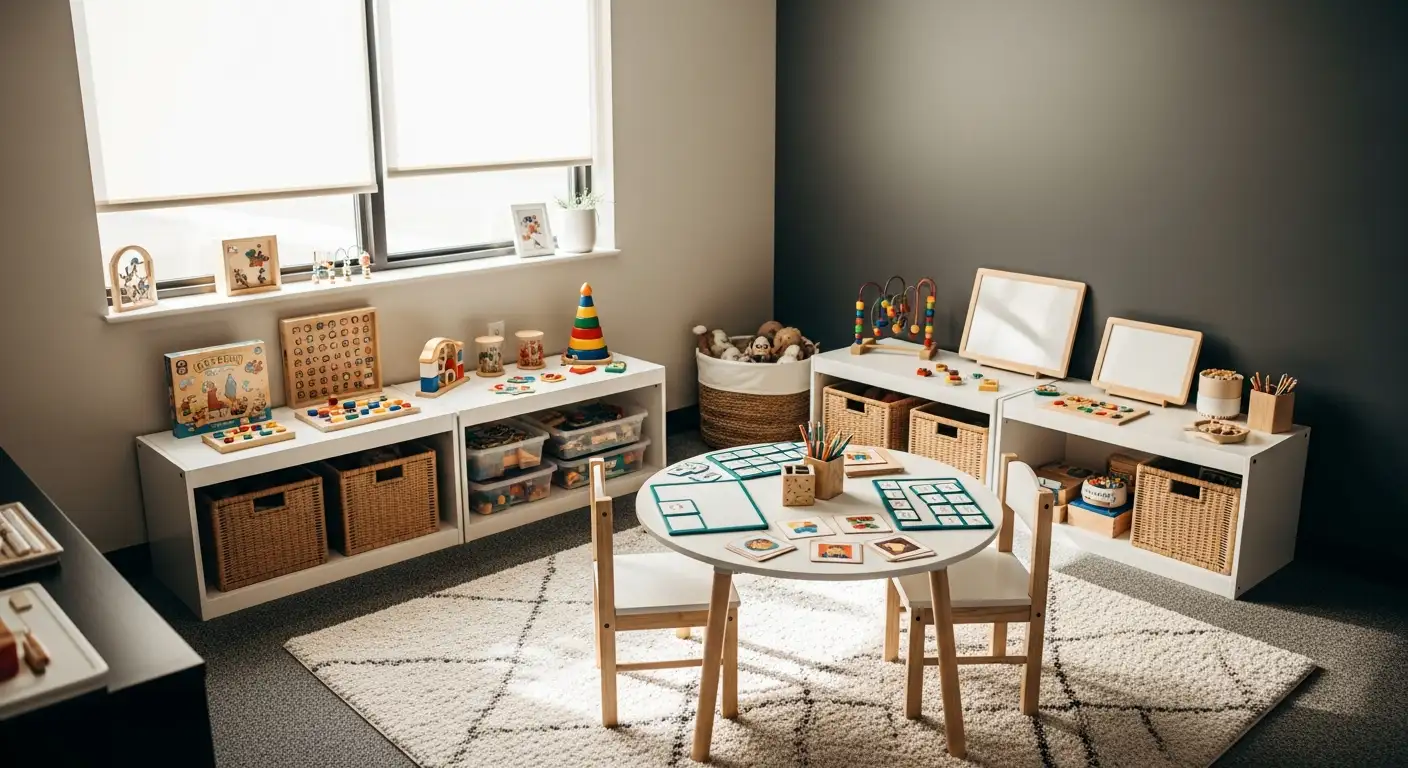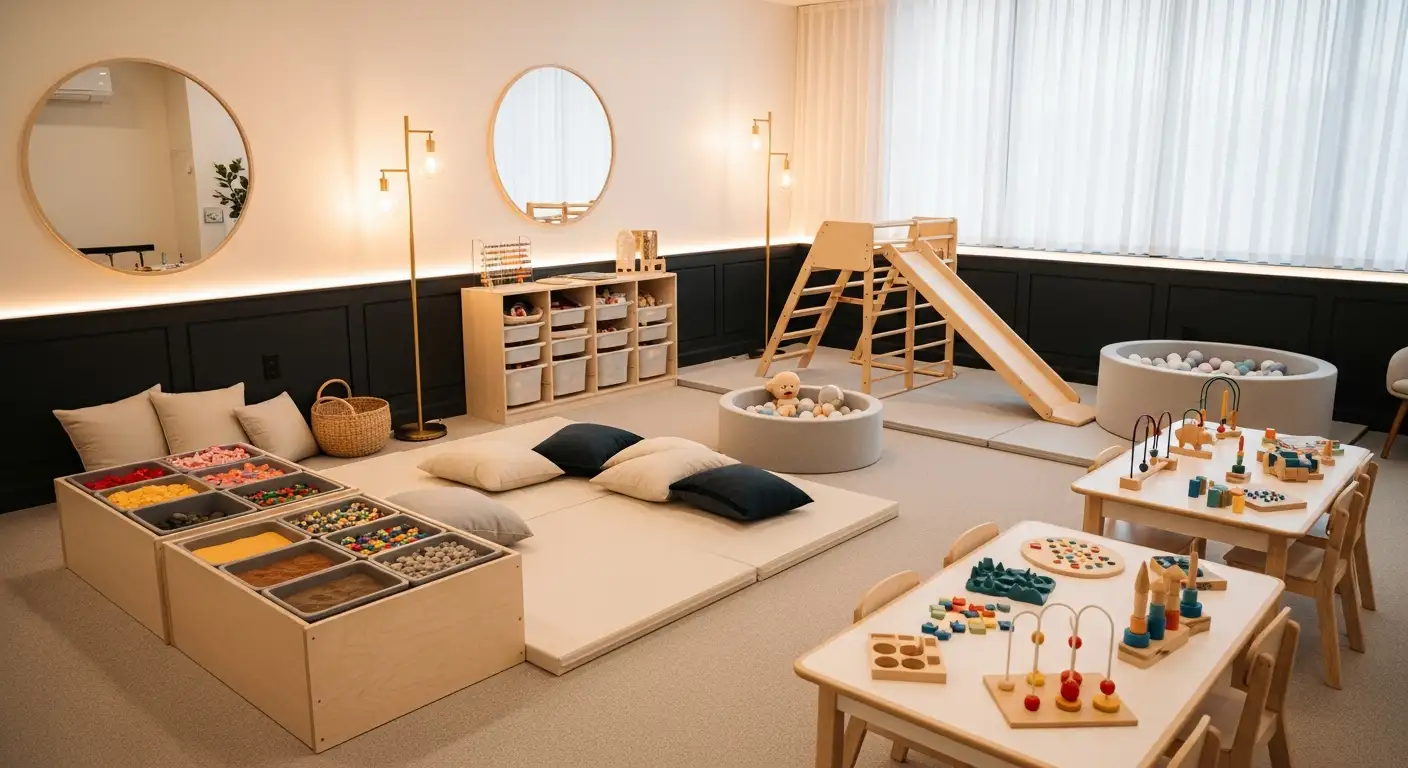Handwashing & Showering To Kids With Autism


Understanding the Importance of Hygiene for Children with Autism
Personal hygiene routines such as handwashing and showering are crucial for health, social integration, and self-esteem in children with autism. However, many face sensory sensitivities and behavioral challenges that make these tasks difficult. Implementing tailored strategies, visual supports, and positive reinforcement can significantly improve independence and comfort during hygiene routines.
The Role of Visual Supports and Structured Routines in Teaching Hygiene

Why are good hygiene practices important for children with autism?
Maintaining good hygiene is essential for children with autism to stay healthy, prevent illnesses, and develop social acceptance. When children learn proper hygiene routines, they tend to feel more confident and less anxious about everyday activities.
Visual supports such as schedules, charts, and social stories help children understand what to do at each step. These tools make routines predictable, reducing stress and confusion.
Breaking tasks into small steps allows children to master each part gradually. For example, teaching a child to brush their teeth involves steps like squeezing toothpaste, brushing for two minutes, and rinsing.
Positive reinforcement, including praise or preferred objects, encourages children to participate willingly. Customized approaches that consider sensory sensitivities—such as using minimal scent soap or alternatives like hand sanitizer—support comfort and success.
Overall, consistent hygiene routines boost independence, social skills, and self-esteem, helping children with autism navigate social interactions and daily life comfortably.
How can I support a child with autism in developing personal hygiene skills?
Supporting a child's hygiene development involves establishing clear routines with visual aids. Visual schedules with pictures or words help the child understand what they need to do, step by step.
Task analysis, or breaking down tasks like handwashing into smaller parts, makes learning manageable and less overwhelming. Using social narratives or video modelling can demonstrate the actions, making imitation easier.
Positive reinforcement, such as praise or rewards, motivates children to practice hygiene regularly. Tailoring routines to fit their sensory needs—like using soft cloths or gentle sounds—can further improve cooperation.
Involving professionals like occupational therapists can provide additional strategies. Making hygiene activities fun and engaging encourages self-sufficiency and confidence, setting a foundation for lifelong independence.
Visual instructions and schedules for hygiene tasks
Visual instructions, such as graphic schedules combining pictures and words, effectively teach children hygiene routines. These visual supports depict each step clearly, making the process predictable and less intimidating.
For example, a visual schedule for showering might include images of turning on the tap, washing hair, applying soap, rinsing, and drying. Using timers alongside these visuals helps children track time, ensuring they complete tasks thoroughly.
Customizing visuals to suit each child's preferences or sensitivities enhances understanding and willingness to learn. Visual supports can also be integrated into daily routines, reinforcing habits and promoting independence.
| Support Type | Description | Benefits |
|---|---|---|
| Visual Schedules | Combines pictures and words for routines | Increases predictability, reduces anxiety |
| Step-by-Step Guides | Break down tasks into small steps | Enhances understanding and mastery |
| Social Stories | Narrative explanations of hygiene importance | Builds motivation and comprehension |
| Visual Timers | Track time spent on each task | Encourage time management and independence |
Overall, visual supports and structured routines are invaluable in helping children with autism develop essential hygiene skills, fostering independence and confidence in their daily lives.
Desensitisation and Sensory-Friendly Strategies to Enhance Tolerance
 Children with autism often face sensory processing challenges that make routine hygiene tasks like handwashing and showering difficult. To support these children, practitioners and caregivers can implement desensitisation programs and gradual exposure techniques.
Children with autism often face sensory processing challenges that make routine hygiene tasks like handwashing and showering difficult. To support these children, practitioners and caregivers can implement desensitisation programs and gradual exposure techniques.
These programs involve slowly introducing water, sounds, and other sensory inputs associated with hygiene activities. For example, starting with the child feeling water on their hands or face without washing, then gradually increasing exposure to water, temperature, and noise levels over time. This approach helps children become accustomed to sensations they find overwhelming.
In addition to desensitisation, addressing tactile sensitivities with alternative hygiene products can significantly improve comfort. Using unscented soaps, gentle facecloths, or hand sanitizer can cater to sensitivities toward smells or textures. Miniature or minimal-scent products can make hygiene activities less distressing.
Many kids with autism experience heightened sensitivities related to touch, smell, or sound during tasks like teeth brushing or hair washing. Creating sensory-friendly environments, such as dim lighting or soft towels, can help reduce anxiety.
Visual supports such as social stories, picture schedules, and video modeling are effective tools. They visualize each step of hygiene routines, breaking down complex tasks into smaller, manageable parts. For instance, a visual schedule for showering might include steps like turning on the tap, rinsing hair, washing face, and drying off.
Using gradual, structured exposure, along with positive reinforcement and choices in hygiene methods, fosters independence and reduces stress. For older children and teenagers, these strategies are adapted with additional visuals and social narratives to help learn new routines and products.
In summary, combining desensitisation, sensory accommodations, and visual supports helps children with autism tolerate hygiene routines better, promoting their health, confidence, and social inclusion.
Utilizing Visual Timers and Breaking Down Hygiene Steps
 Using visual timers during hygiene routines plays a significant role in helping children with autism understand and manage the time needed for activities like handwashing and showering. Visual timers, such as sand timers, digital countdowns, or visual charts, visually depict how long each task should take, making the process predictable and less stressful for the child.
Using visual timers during hygiene routines plays a significant role in helping children with autism understand and manage the time needed for activities like handwashing and showering. Visual timers, such as sand timers, digital countdowns, or visual charts, visually depict how long each task should take, making the process predictable and less stressful for the child.
Breaking down complex hygiene routines into smaller, manageable steps—an approach known as task analysis—can greatly improve learning outcomes. For example, rather than prompting a child to
Encouraging Independence and Confidence in Hygiene Routines

How can I support a child with autism in developing personal hygiene skills?
Supporting children with autism to develop good hygiene habits is essential for their health, social acceptance, and overall confidence. Creating structured routines using visual schedules and step-by-step instructions helps reduce anxiety and makes learning routines more predictable.
Breaking down complex tasks like handwashing or showering into small, manageable steps—using task analysis—can make these activities less overwhelming. Visual supports such as social stories and photographs further clarify what each step involves, making it easier for children to imitate and remember.
Positive reinforcement plays a big role. Praising efforts and providing rewards encourage children to participate actively, building their self-esteem and independence.
Sensory sensitivities should also be considered. Using alternatives like minimal-scent soap, facecloths, or hand sanitizer and offering choices within routines can make hygiene activities more comfortable.
Involving professionals such as occupational therapists can provide tailored strategies to support sensory challenges and boost confidence. By making hygiene routines engaging, predictable, and supportive, children with autism can become more independent and comfortable with their personal care tasks.
Why are good hygiene practices important for children with autism?
Good hygiene is vital for maintaining health and preventing illness. For children with autism, these routines also promote social integration by reducing odors and mess, which can be sources of social anxiety.
Using visual supports like graphic schedules and social stories makes hygiene routines manageable and less stressful. Structured practice through simulation with dolls or real-life situations helps reinforce skills.
Teaching children to distinguish between clean and dirty with visual aids like picture cards, along with gradual desensitisation programs, can help them tolerate necessary activities such as handwashing and showering.
Overall, fostering good hygiene habits boosts self-esteem, independence, and social acceptance, improving quality of life.
| Approach | Support Strategies | Notes |
|---|---|---|
| Visual schedules | Use pictures, words, or combined | Helps predict steps and reduce anxiety |
| Social narratives | Explain importance and procedures | Builds understanding and motivation |
| Desensitisation | Gradually introduce water and noise | Aids in tolerating hygiene activities |
| Alternatives | Use facecloths, sanitizer, minimal-scent soap | Addresses tactile sensitivities |
| Practice & reinforcement | Real bathroom practice with praise | Reinforces learned skills |
| Professional support | Occupational therapy and guides | Customized approaches for sensitivities |
Through these strategies, children with autism can learn hygiene skills more comfortably and confidently, laying the foundation for lifelong independence.
Promoting Self-Sufficiency in Hygiene Routines
Implementing tailored, visual, and consistent strategies in teaching handwashing and showering equips children with autism to become more independent. Recognizing and accommodating sensory sensitivities, utilizing positive reinforcement, and gradually reducing prompts are key to fostering confidence and self-sufficiency. By involving caregivers, educators, and professionals and leveraging available resources like social stories and visual schedules, we can create supportive environments that encourage children with autism to develop essential personal hygiene skills, leading to improved health, social participation, and overall well-being.
References
- Personal Hygiene - Life Skills Resource
- Practicing good hygiene for kids with autism
- Autism Hygiene Checklist: A Parent's Guide to Simplifying ...
- Personal hygiene for autistic pre-teens and teenagers
- A Guide to Teaching Kids With Autism Hygiene Skills
- Personal hygiene for autistic pre-teens and teenagers
- Teaching Hygiene Skills to Children with Autism: A Guide ...
Recent articles

Expressive Speech Delay 2-Year-Old
Understanding and Addressing Expressive Speech Delay in Toddlers

How Speech Recognition Works
Unlocking the Power of Speech Recognition in Therapy and Healthcare

Autism and Head Size
Understanding the Complex Relationship Between Autism and Head Size

Occupational Therapy in Autism
Enhancing Independence and Quality of Life Through Occupational Therapy in Autism

Do Autistic People Understand Sarcasm?
Navigating the Nuances: Understanding Sarcasm and Social Communication in Autism

Autism Routines
Crafting Effective Daily Structures for Children with Autism

